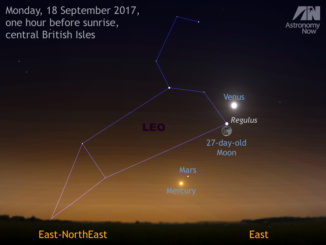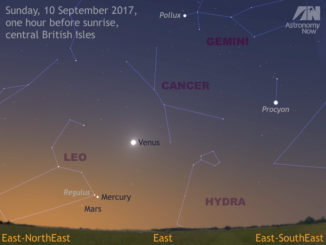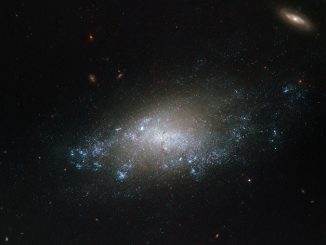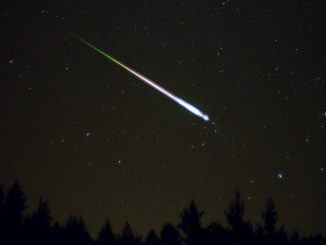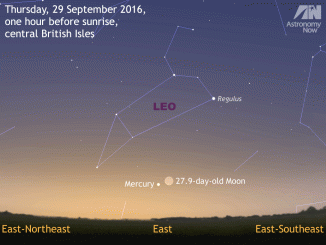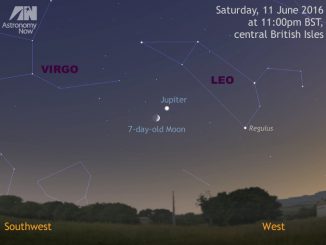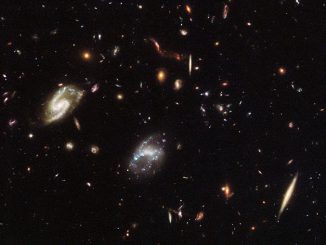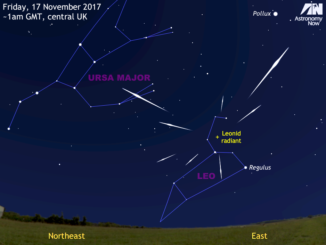
Don’t miss the Leonid meteor shower on 17 November
The maximum of the annual Leonid meteor shower, predicted to occur around nightfall on Friday, 17 November for observers in Western Europe and the UK, favourably coincides with a new Moon this year. However, observers in the British Isles may have to wait until around midnight to see about ten of the famously swift, bright Leonids per hour.

